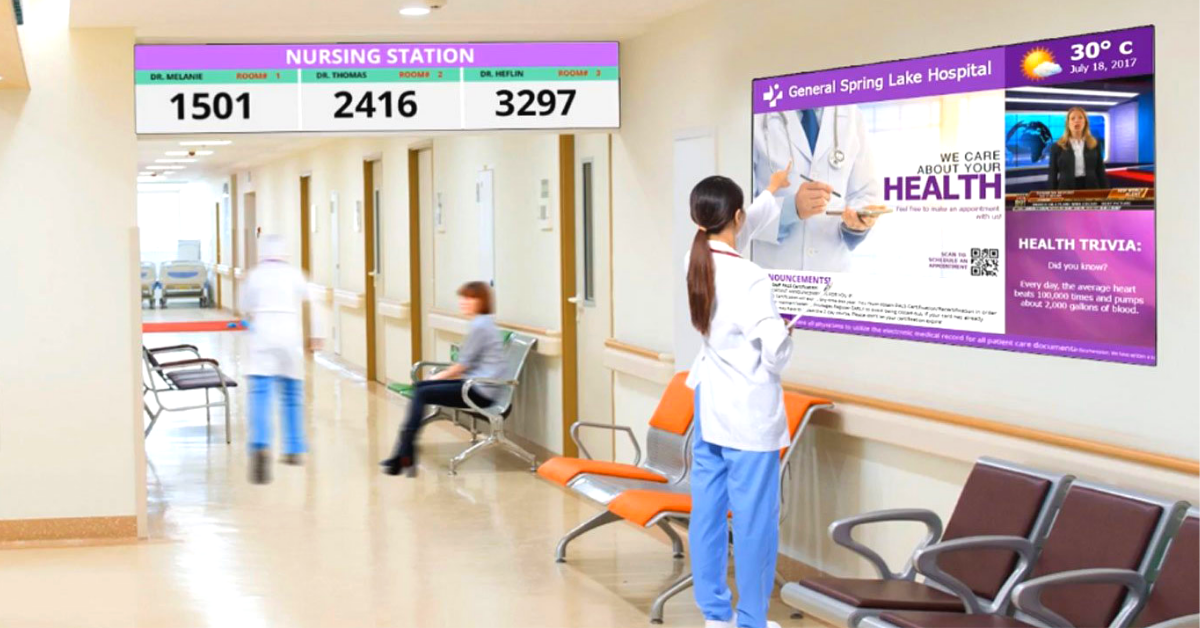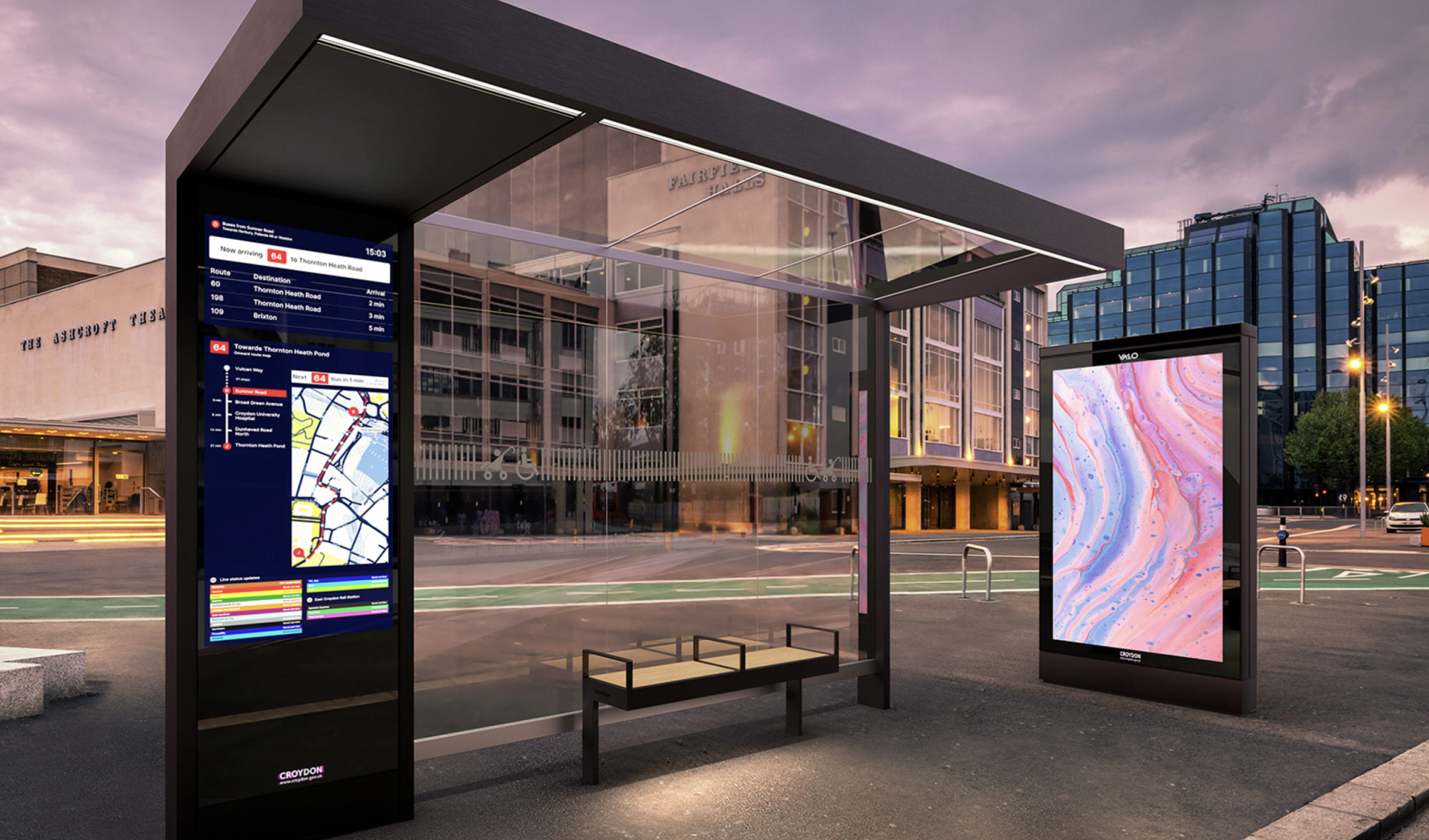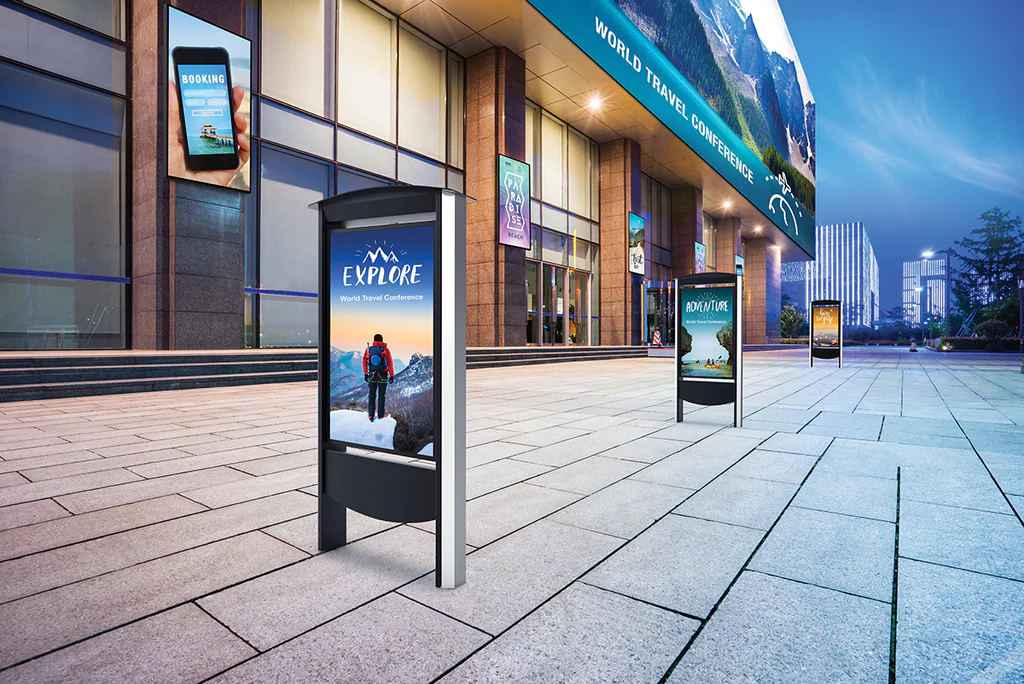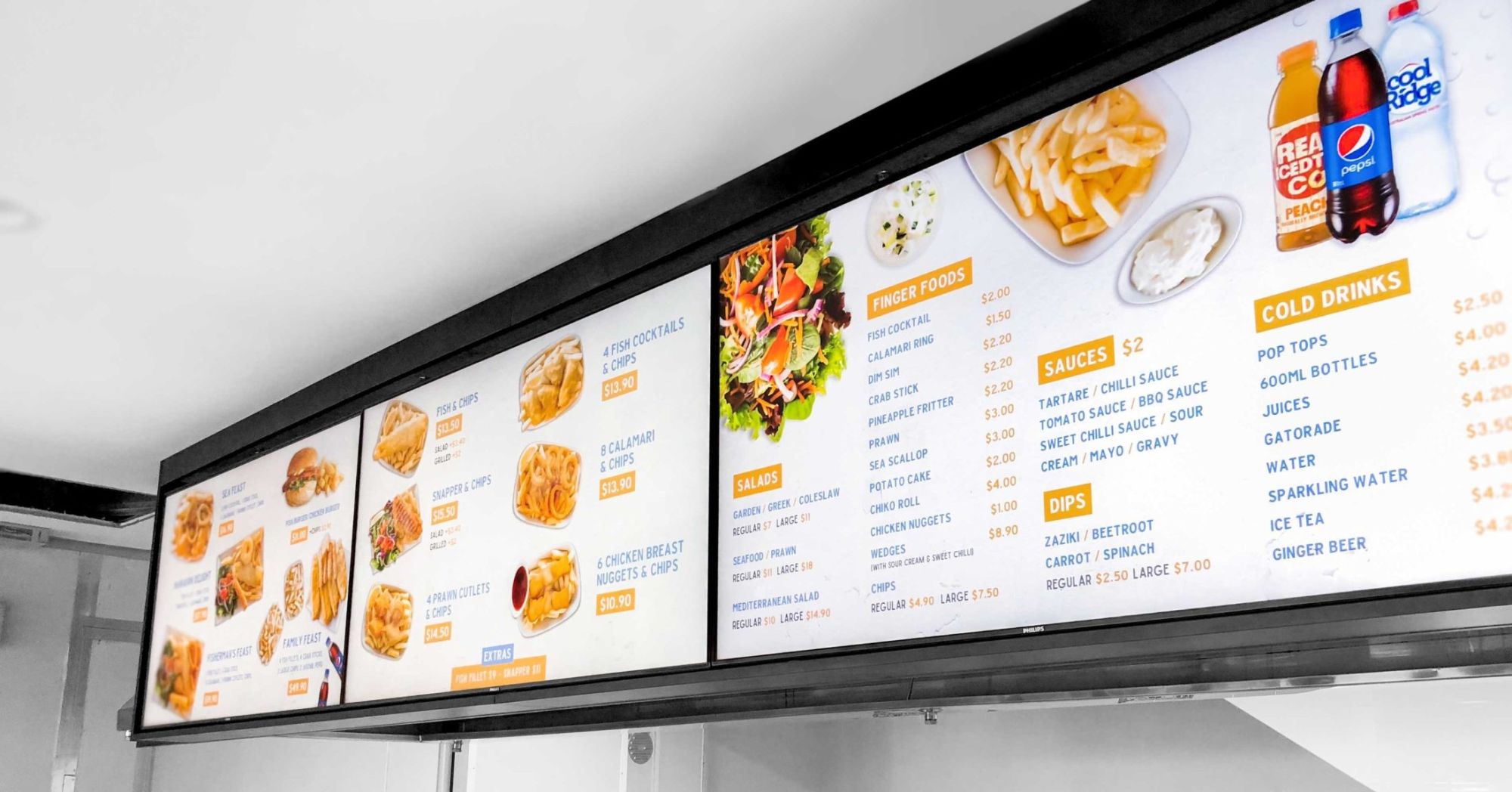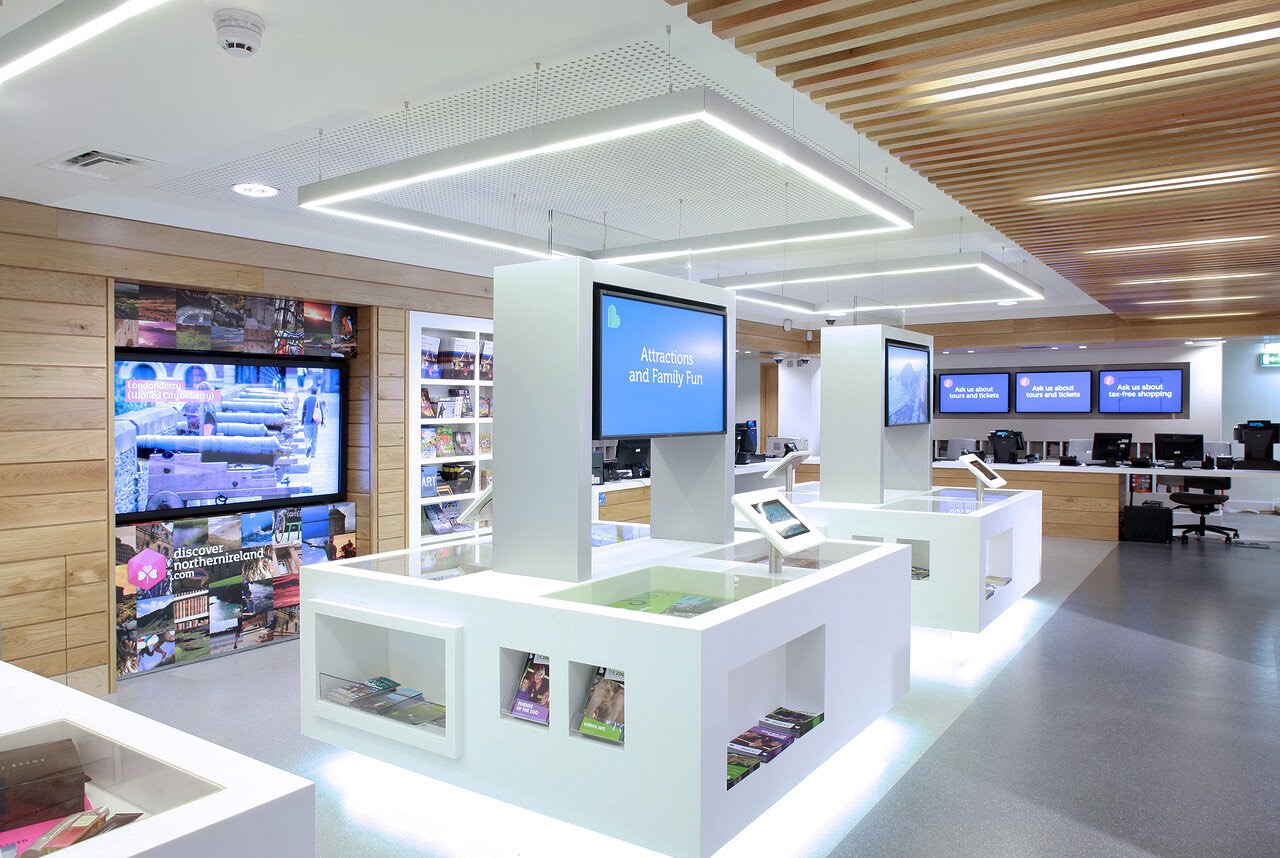Digital signage has been playing a vital role in all industries, improving user experience, communication, and management activities. So, it is important to talk about onboard digital signage or onboard displays, specifically designed to provide multimedia information and interesting content in real-time. Public Transportation is an industry where reliable real-time information is vital for its users, so digital signage is the most effective method of delivering it.
Within the Public Transportation, one must divide it into 2 major areas: Onboard and Outboard.
1. Onboard Public Transportation
Traffic messages, announcements, emergency information, travel guides, and surveillance videos are examples of content broadcast to passengers on moving vehicle displays such as buses and trains.
Installable as stand-alone units or as a network within the vehicle, the onboard digital signage systems from SMEC are available in several languages.
SMEC has, therefore, several models available, with different sizes and shapes, and using different technologies. Besides, these solutions provide easy and fast configuration, maintenance, and adaptation to any type of vehicle.
The great purpose of onboard digital signage is to convey real-time information to passengers, who have a better experience. At the same time, passengers can save time – the information arrives in real-time, without them having to search or look it up on their cell phones or tablets –, which makes them want to use this public transportation again.
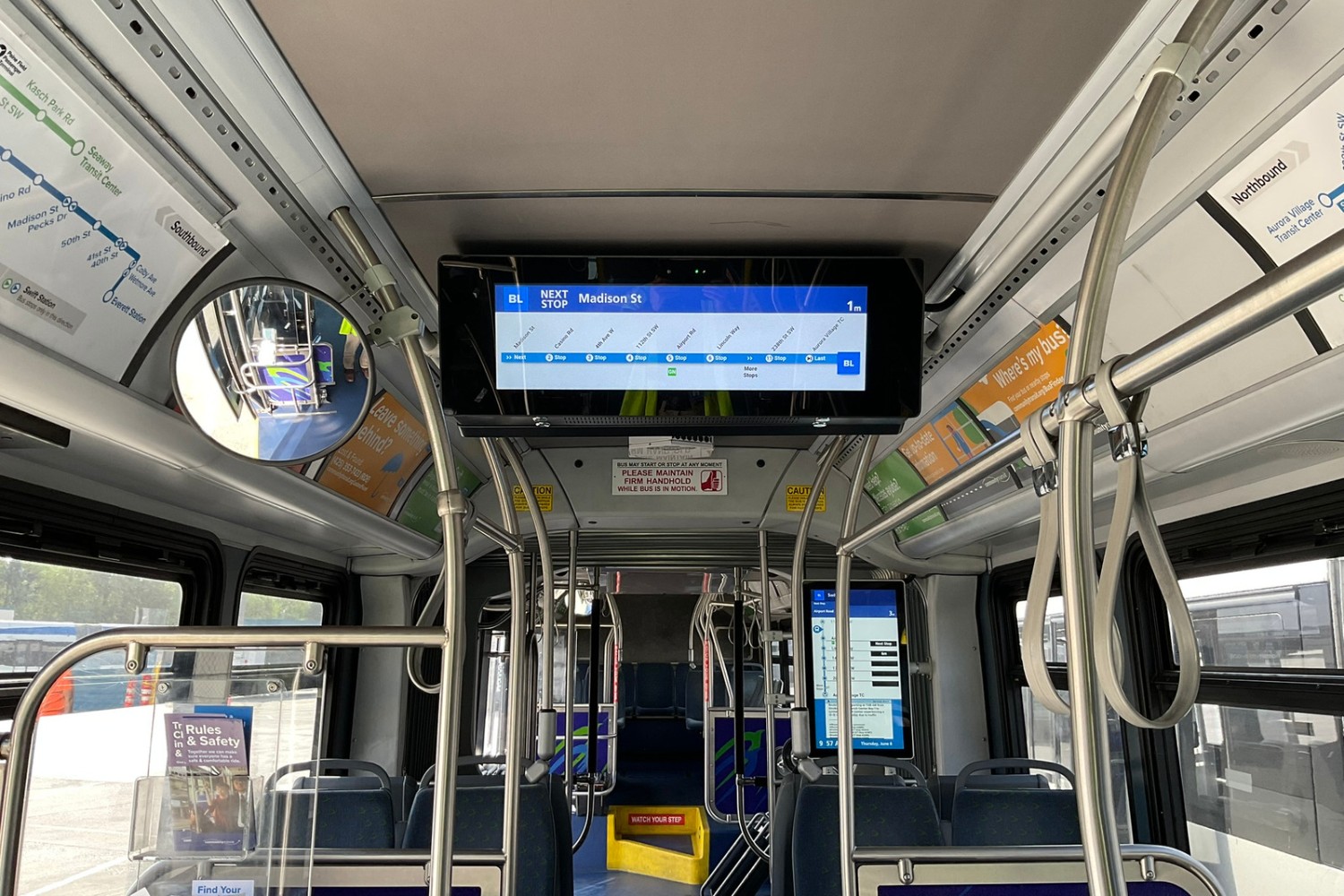
This way, travel, besides getting people to the places they need, as quickly and efficiently as possible, should provide passengers with a more complete experience. Digital signage, thus, emerges as a way to enhance the travel experience from the customer's point of view, while facilitating the process for transportation employees. It is also possible to reduce the perceived waiting time with the use of digital signage.
Benefits of digital signage in transportation
If the digital signage is well configured, it can be extremely useful to the passenger in many different ways. So, it is important to highlight some of the benefits of digital signage on board:
ü Accurate information transmission;
ü Onboard entertainment and infotainment;
ü Decreased perception of waiting time;
ü Improved travel experience;
ü Advanced thermal management;
ü Low energy consumption;
ü Excellent readability in all viewing angles;
ü Good lighting conditions;
ü Automatic brightness control according to the ambient light;
ü Different mechanical integration options;
ü Support of a wide variety of video and audio formats;
ü Versatile integration;
ü Easy installation and maintenance.
ü Transmission of accurate information
The lack of information regarding transportation and its timetables makes many passengers uncomfortable. Therefore, and with digital signage, schedules can be easily updated in order to minimize this inconvenience.
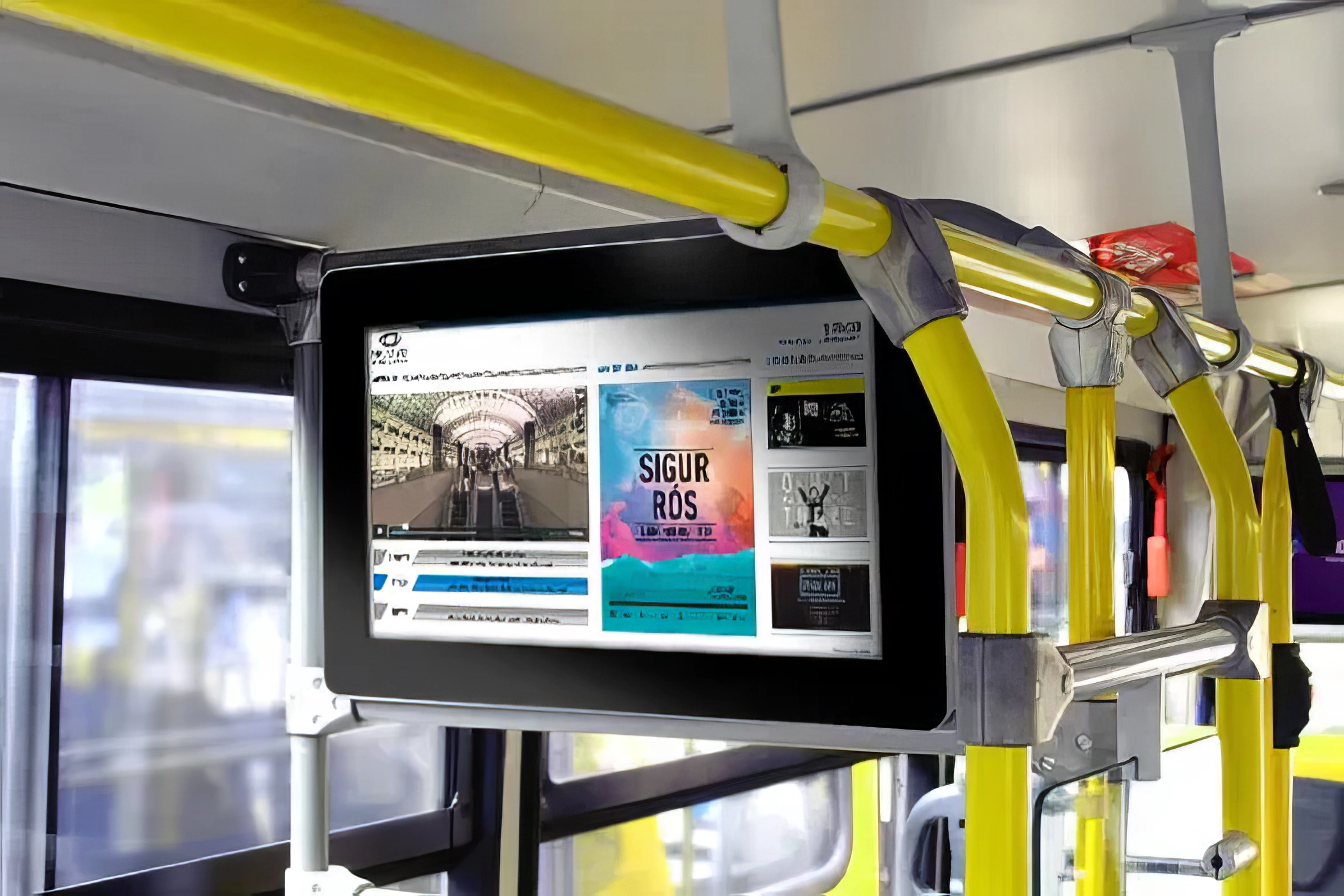
In addition to making transportation increasingly intelligent, digital signage teaches the need for paper signs, contributes to sustainability.
Display of various information
Through digital signage, information is transmitted faster, more accurately and with a greater quantity of announcements. It is also an excellent orientation tool and can be used on various vehicles to provide different communications:
ü Arrival times;
ü Emergencies;
ü Delays;
ü Cancellations;
ü Travel guides;
ü Entertainment.
ü Government information
Arrival times can be updated easily and accurately, so these features can even ease the strain of waiting for passengers. It is common sense that delays can be caused by traffic or any other factor that can't be predicted. However, with digital signage, these can easily be accounted for in the arrival time.
Delays, emergencies, or cancellations are also unpredictable, but it is easier to update passengers about them. This way, keeping people updated on what's going on and avoid more aggressive or panicky reactions is a simpler task.
Digital signage has another key use: displaying the entire network to the passenger. While waiting, people can view current information about transit routes. They can view, by example, which connections are available at the next stop, allow for better linkage of different routes and public transport.
Digital signage also allows for the display of publicity, which will increase the profitability of the transportation systems.
2. Onboard For-Hire Transportation
Generate ad revenue while you entertain and inform passengers using taxi signage as mobile advertising screens.
Taxi advertising signs are becoming more popular as mobile internet technologies become more mature. In-vehicle advertising has really taken off due to the broad availability of 4G, and now 5G wireless data. It's never been easier to reach taxi cab riders using high-quality video content.
Ad agencies increasingly depend on taxi advertising screens to reach a captive audience. Taxi operators see mobile touch screens as a means to increase revenues and improve the passenger experience in public transportation.
Android tablets are an ideal platform for this type of application. Commercial-grade tablets are rugged and versatile so they are the perfect hardware solution for in-vehicle use. With taxi advertising screens, passengers are kept entertained. In-vehicle screens can display real-time content and geo-located advertising messaging based on the vehicle's location.
Minimize travel time perceived while promoting local events and businesses using in-taxi signage. The taxi company can use the data collected from their hail-ridding app, and display information related to the customer (such as a hello message when entering the cab). For example, a cab headed to the airport can display flight departure and live traffic information. In-vehicle screens can also show the latest news during the day and switch to local events in the evening. Advertisers can rely on the screens to generate ad impressions and audience reporting. The screens can even have cameras and run software to anonymously analyze gender (for ad-targeting) or mood (for audience reporting).
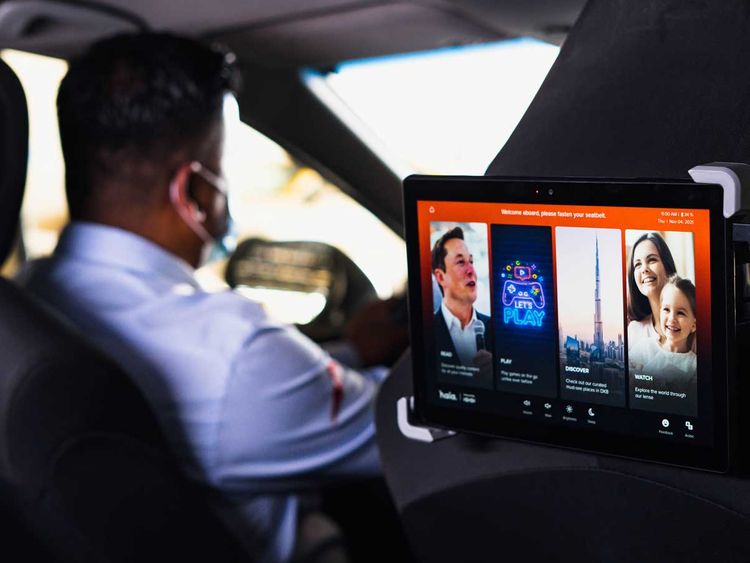
Tablets manufactured for in-vehicle use can use dual power sources. These devices have their own built-in batteries. However, you can also connect them to the vehicle's battery so the screen stays on even with the engine turned off.
The CMS lets you schedule and distribute digital content to any supported device or screen hardware. Taxi advertising screens can display ads, promotions, informational content, news, sports scores, weather forecasts, and more.
You can also use the GPS system to show the route to your destination, expected arrival time, and, display location-based ads (if, for example, your destination is a shopping mall, you can display ad content from that mall.
Taxi signage advertising is a great way to reach your target audience with the right message when they are most likely to be receptive to it. This is especially true because of the increased mobility that both taxi and public transportation offer. You can now deliver your messages anywhere at any time, which means you can get in front of customers who would never see them otherwise!
Taxi advertising and public transportation digital signs have enormous benefits for advertisers because passengers spend more time looking at their screens than reading newspapers or magazines once they enter a vehicle. A study showed that taxi signage was the most noticeable digital signage, beating many popular alternatives by a long shot! The best part is that these ads aren't limited just to taxis—they're also found on buses, trains, and even ferries depending on where they're located around the world!
Onboard taxi displays can also have payment systems embedded, or simply show a scannable bar code for cashless payments via phone.
3 - Outboard Public Transportation
3.1 - Bus Stops
Bus stops provide a unique opportunity to reach people via digital signage. Given the nature of a bus stop, it is a place where people wait. Depending on the bus stop, the waiting period can last for just a few minutes or up to twenty minutes or more. During that time, digital signs can provide commuters with engaging and informative content, and this time can provide an excellent opportunity for advertisers to reach their target customers.
There are a variety of different use cases for bus stop digital signs and one of the most obvious use cases is, of course, displaying the bus schedule. Before digital signs, transportation companies printed bus timetables and mounted them onto the bus station wall. This solution worked only until the bus schedule inevitably changed. To fix out-of-date timetables, an employee would have to reprint the bus schedule and travel to each location to update the printed signs. On the other hand, with digital signs, the employee can update bus schedules with just a few clicks from the comfort of his or her office.
Bus stop digital signs can also display temporary delays and changes to the bus schedule times. Since it is easy to make changes to your digital sign's content with the right digital signage software, an individual can update a bus stop digital sign in next to real-time as new information becomes available. In addition, bus digital signs can display weather updates and forecasts for waiting passengers. This information helps passengers better plan their day and transportation routes.
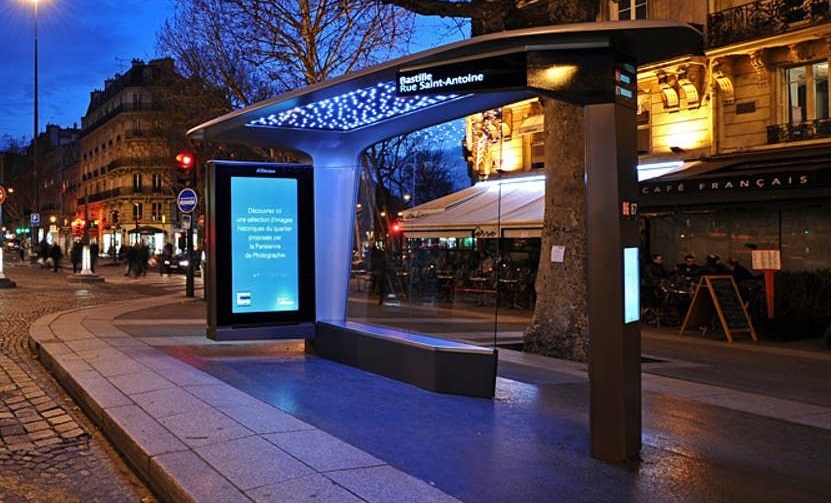
Beyond displaying transportation times, a bus stop digital sign can show relevant community news and events. Depending on the setting, a bus stop digital sign can display a variety of notices, such as dates for planned utility or road maintenance. Of course, local information will be less relevant for bus stops in larger cities where many passengers may live on the other side of town. However, local information is appropriate for a variety of routes in smaller towns.
Another excellent use case for bus stop digital signs is displaying advertisements. People who are waiting at a bus stop have spare time to view and consume advertising content, and advertisers are willing to pay to access those individuals. Given the right opportunity, an advertising firm may even partner with the transportation service. In such a partnership, the advertising firm may provide the transportation company with free bus stop shelters. In exchange, the transportation company allows the agency to display paid third-party ads for a set amount of time each hour.Many cities around the world partnered with advertising firms to completely manage the bus shelters, improving the service to customers as the companies have an interest in maximizing the number of people using the buses. That, in turn, frees the city resources into other areas.
Bus stops with digital signage can also be used as Wi-Fi hotspots, have music, and CCTV cameras for safety.

